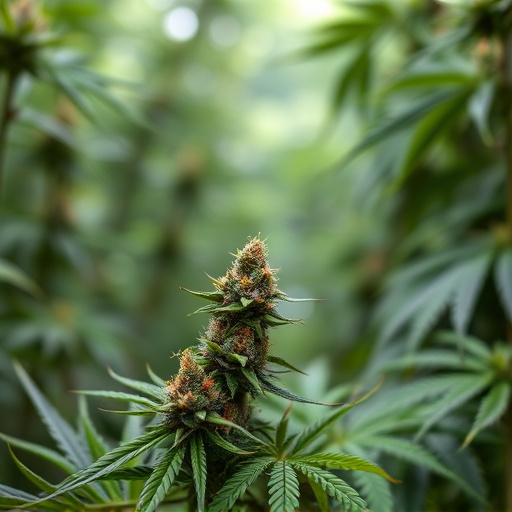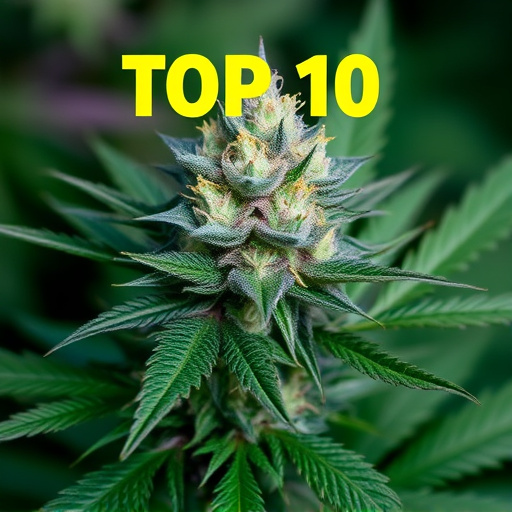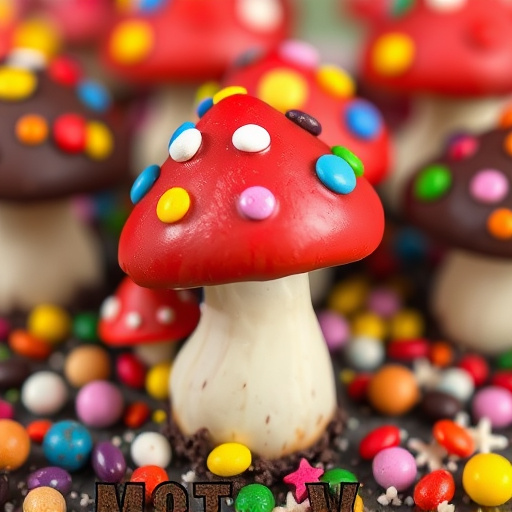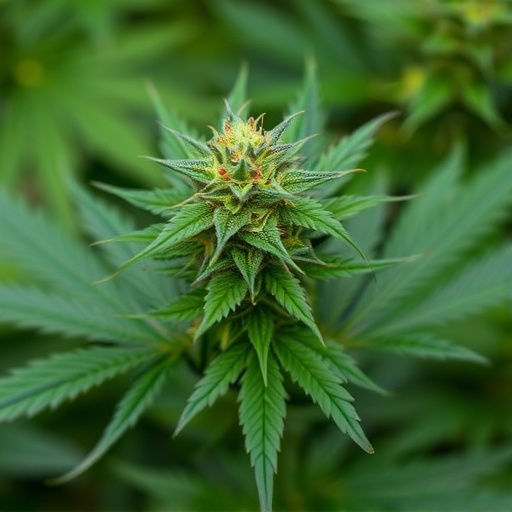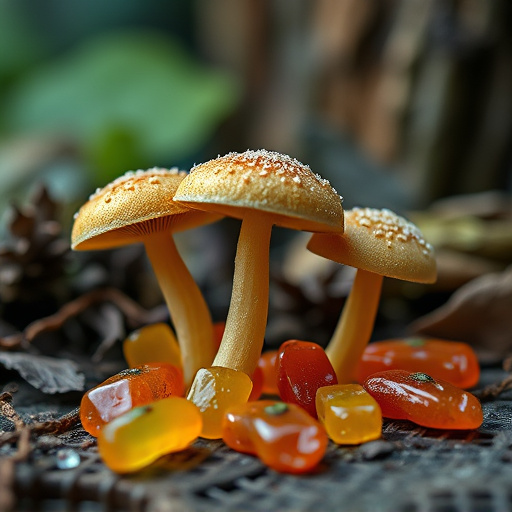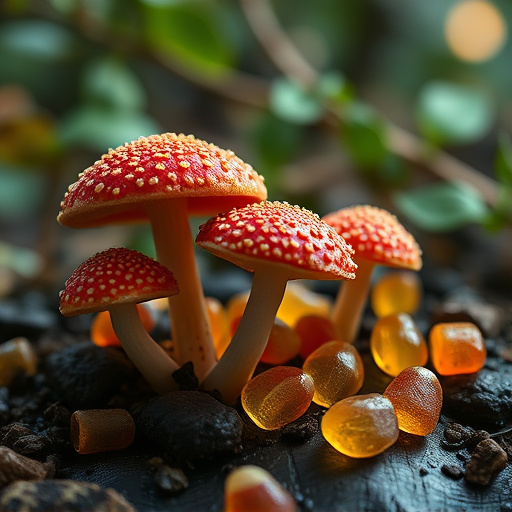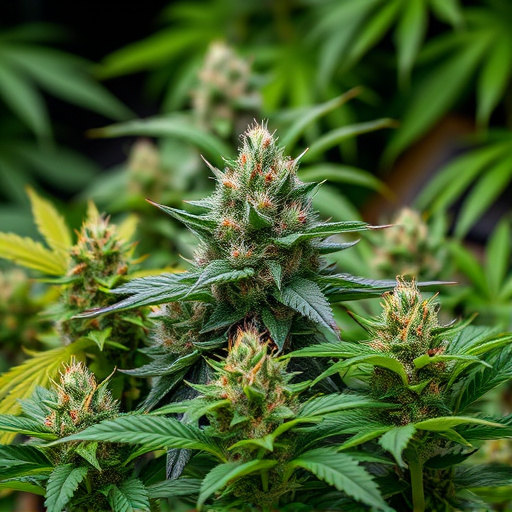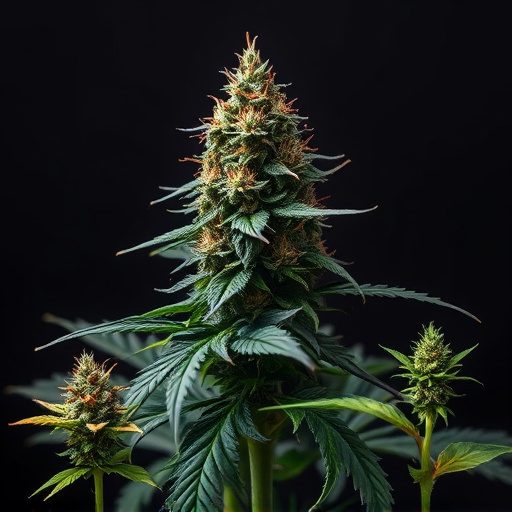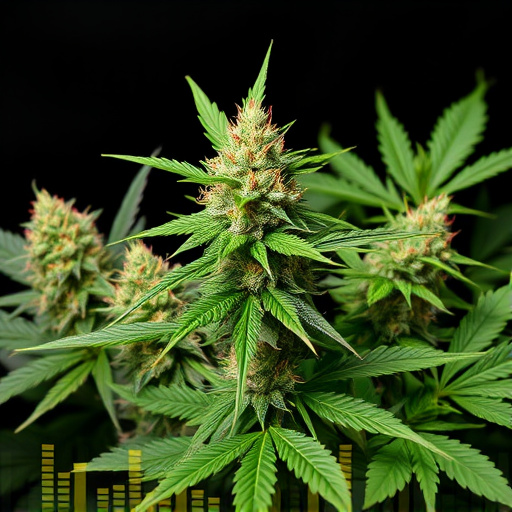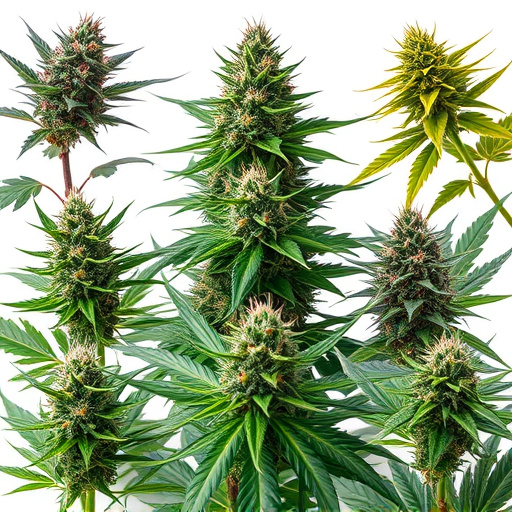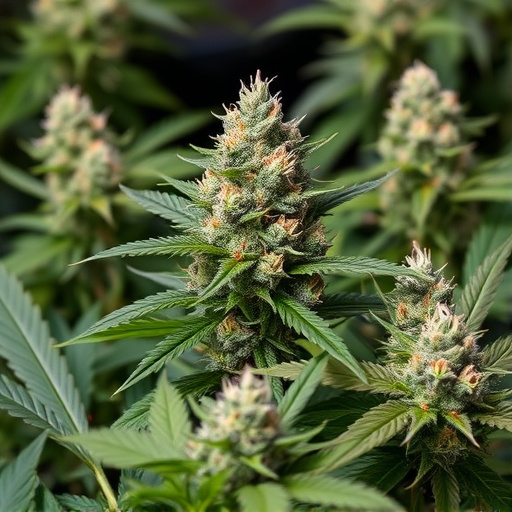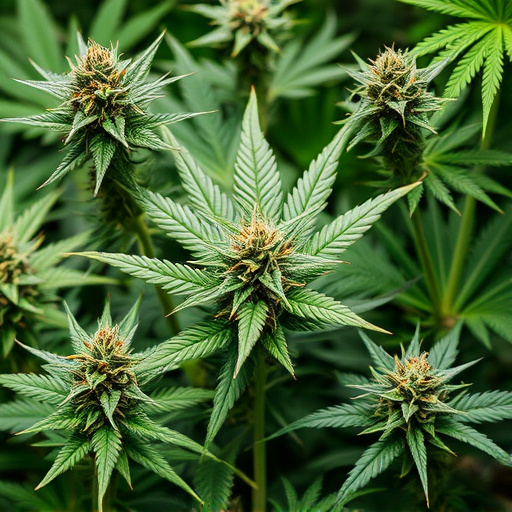The duration and intensity of a cannabis 'high' vary widely across different cannabis strains, primarily due to varying THC and CBD levels. Genetic diversity offers options for rapid relief or prolonged relaxation. Environmental factors like soil composition, climate, and cultivation techniques also significantly affect the experience, with indoor farming providing consistency while outdoor grows offer complexity. Personal tolerance plays a key role in determining how long a high lasts, and users can customize their experience by choosing strains and consumption methods suited to their preferences.
“Unraveling the duration of a cannabis high goes beyond mere chance. This article explores the multifaceted factors that extend far beyond the plant itself. From the intricate genetic composition and cannabinoid profiles of diverse cannabis strains, to environmental nuances like soil quality and climate—each plays a role in shaping how long the effects linger. Additionally, individual tolerance and consumption methods significantly impact experiences, highlighting the unique nature of every ‘high’. Discover how these elements contribute to the varying durations of cannabis highs across different strains.”
- Genetic Composition and Cannabinoid Profile: How Different Cannabis Strains Impact High Duration
- Environmental Factors: The Role of Soil, Climate, and Cultivation Techniques in Cannabisc High Persistence
- Individual Tolerance and Consumption Method: Personal Experiences Shape the Length of Cannabis Highs
Genetic Composition and Cannabinoid Profile: How Different Cannabis Strains Impact High Duration
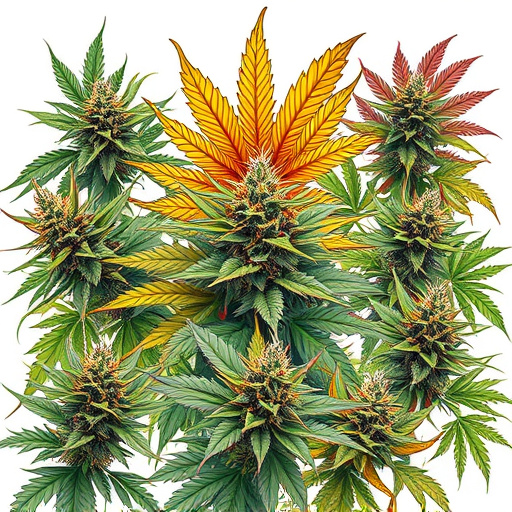
The genetic composition and cannabinoid profile of cannabis plants play a significant role in shaping the duration and intensity of the “high” experienced by users. Different cannabis strains exhibit varying levels of cannabinoids like THC (tetrahydrocannabinol) and CBD (cannabidiol), which are responsible for inducing psychoactive effects and modulating mood, perception, and memory. For instance, high-THC strains tend to produce more intense but shorter-lasting highs, while those with balanced or higher CBD content often lead to longer-lasting, milder experiences.
Additionally, the genetic diversity within cannabis strains contributes to their unique attributes. Some strains are bred for rapid onset and short-lived highs, catering to users seeking immediate relief or a burst of euphoria. Conversely, other strains have been cultivated over generations to deliver sustained, prolonged effects, appealing to those looking for longer-lasting relaxation or pain management. These differences in genetic makeup ultimately determine the varied high durations observed across different cannabis strains.
Environmental Factors: The Role of Soil, Climate, and Cultivation Techniques in Cannabisc High Persistence

The environment plays a pivotal role in determining the duration and intensity of a cannabis high, especially across different cannabis strains. Soil composition acts as a foundation, influencing the plant’s overall health and the concentration of cannabinoids like THC and CBD. Nutrient-rich soil promotes robust growth, potentially leading to more potent effects. Climate conditions, including temperature and humidity, significantly impact the cultivation process. Warmer climates may accelerate maturity, affecting the time at which cannabinoids peak in the plant. Conversely, cooler temperatures can prolong the growing cycle, allowing for a more gradual buildup of active compounds.
Cultivation techniques are another environmental aspect that contributes to cannabis high duration. Different methods, such as outdoor vs indoor farming, or specific cultivation practices like hydroponics or soil-based grows, can result in varying cannabinoid profiles. Indoor cultivation, with precise control over lighting, temperature, and nutrition, often yields consistent and potent strains. Outdoor grows, on the other hand, expose plants to natural rhythms, which can lead to more complex terpene profiles but may also vary the overall high experience from season to season.
Individual Tolerance and Consumption Method: Personal Experiences Shape the Length of Cannabis Highs
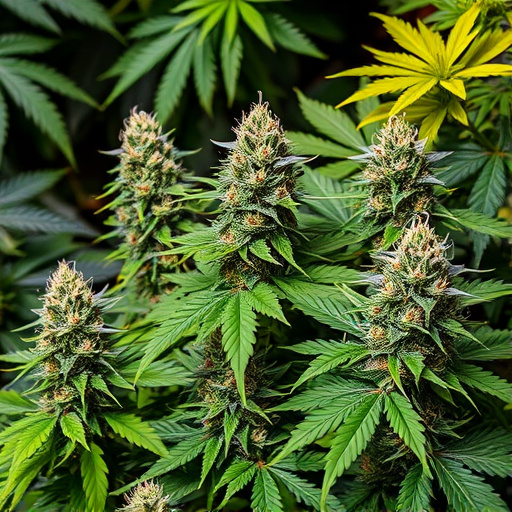
Every individual’s experience with cannabis can vary greatly, and one of the primary factors shaping this difference is personal tolerance. Tolerance builds up over time as our bodies adapt to the active compounds in cannabis, primarily tetrahydrocannabinol (THC). This means that what feels like a powerful high to a novice user might be more of a mild effect for someone with higher tolerance, potentially leading to longer-lasting highs for frequent consumers.
The method of consumption also plays a significant role in duration. Different cannabis strains offer unique experiences due to varying cannabinoid profiles and terpene content. Edibles, for instance, can produce longer-lasting effects due to their slower absorption rate, allowing the body to process THC more gradually. In contrast, smoking or vaping may lead to quicker onset but shorter durations, as the high peaks and then rapidly dissipates. Personal preference and desired effect can thus influence how long a cannabis high lingers.
Understanding the factors that influence the duration of a cannabis high goes beyond what meets the eye. A combination of genetic composition, environmental cues, and individual tolerance plays a pivotal role in shaping this unique experience. Different cannabis strains, with their varying cannabinoid profiles, offer diverse effects, from short-lived highs to extended sensations. Environmental factors, such as cultivation techniques and climate, can also lengthen or shorten the duration. Additionally, personal tolerance and consumption methods significantly impact how long one feels the effects, highlighting that every user’s experience is uniquely tailored.
